Fruits farming is a rewarding endeavor that combines patience, skill, and a love for nature. Whether you’re a beginner or an experienced gardener, cultivating fruit crops successfully requires strategic planning, the right knowledge, and ongoing care. In this article, we’ll uncover the secrets to thriving fruit farming and provide expert tips to maximize your harvest.
1. Choosing the Right Fruits for Your Climate
The foundation of successful fruit farming lies in selecting the right fruits for your local climate.
- Understand Your Hardiness Zone: Research the USDA hardiness zone or equivalent for your area. This will help you determine which fruit trees and plants will thrive.
- Consider Seasonal Variations: Some fruits, like apples and pears, require a cold dormancy period, while tropical fruits like mangoes and bananas need warmth year-round.
Expert Tip: Start with hardy, low-maintenance fruits like blueberries, strawberries, or citrus if you’re new to farming.

2. Soil Preparation and Testing
Healthy soil is the lifeline of fruit farming.
- Test the Soil: Use a soil test kit to measure pH and nutrient levels. Most fruit plants thrive in slightly acidic to neutral soil (pH 5.5–7). (Homestead gardening)
- Amend the Soil: Add organic matter like compost, manure, or peat moss to improve soil structure and fertility.
- Ensure Drainage: Avoid waterlogging by planting in well-draining soil or raised beds.
Expert Tip: Rotate crops and avoid planting fruits in the same spot year after year to prevent soil depletion.
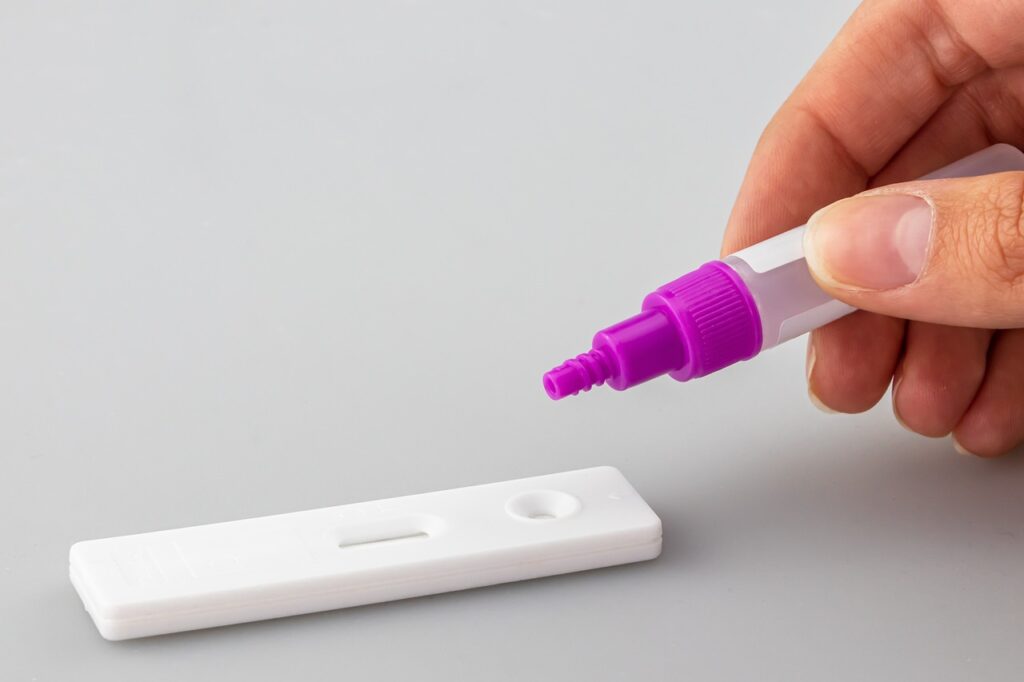
3. Planting with Precision
Proper planting techniques are essential for strong root development and healthy growth.
- Timing Matters: Plant fruit trees in early spring or late fall, depending on your region.
- Provide Space: Ensure adequate spacing between plants to prevent overcrowding and promote air circulation.
- Water Deeply: Water young plants thoroughly after planting to help roots establish.
Expert Tip: Mulch around the base of plants to retain moisture and reduce weeds, but keep mulch a few inches away from the trunk to prevent rot.
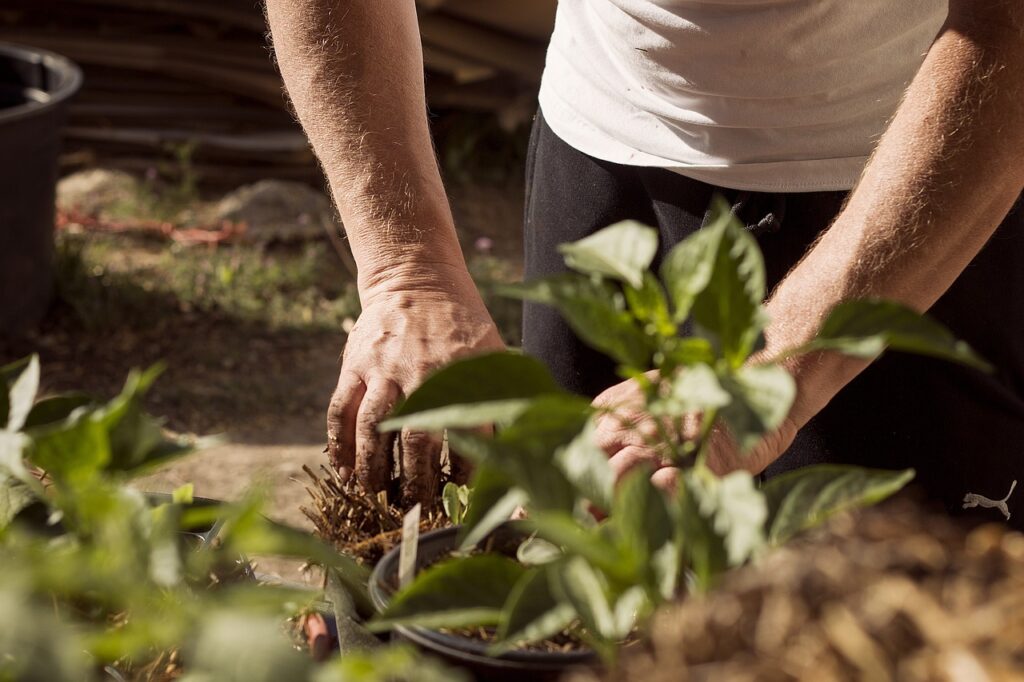
4. Pruning and Maintenance
Pruning is key to maintaining healthy fruit trees and maximizing yields.
- Prune Annually: Remove dead, diseased, or overcrowded branches during the dormant season.
- Encourage Fruit Production: Prune to create an open canopy, allowing sunlight to reach all parts of the plant.
- Thin Fruits: For trees like apples or peaches, thin excess fruit early in the season to improve size and quality.
Expert Tip: Always use clean, sharp pruning tools to minimize the risk of disease.
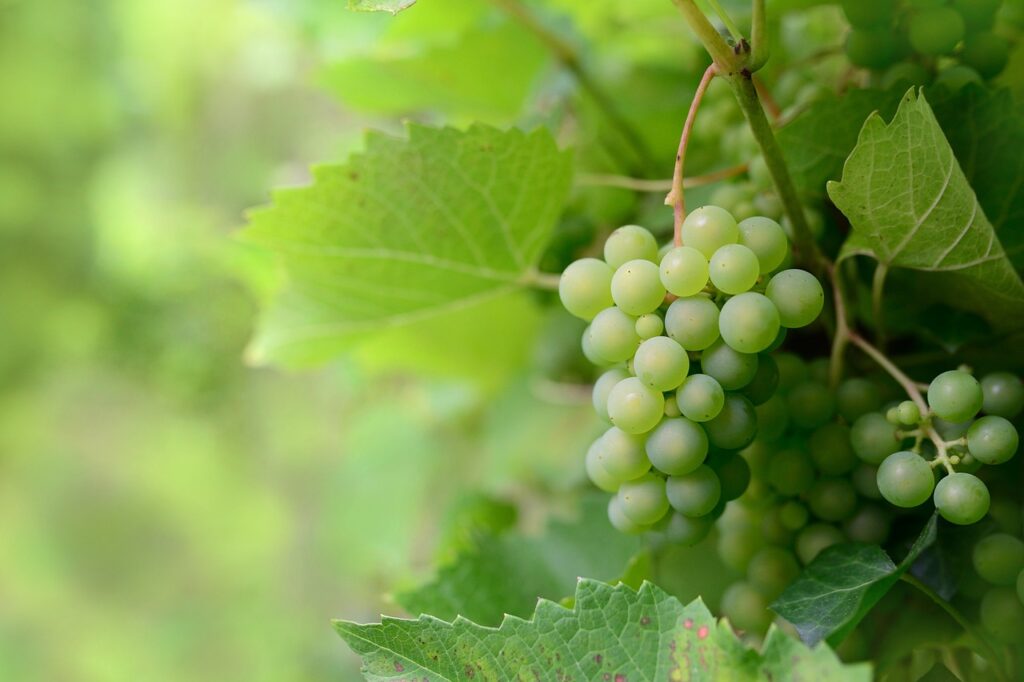
5. Pest and Disease Management
Protecting your plants from pests and diseases ensures a bountiful harvest.
- Monitor Regularly: Inspect plants for signs of pests like aphids, mites, or fruit flies.
- Use Natural Solutions: Encourage beneficial insects like ladybugs and apply organic sprays like neem oil.
- Practice Crop Rotation: Avoid planting the same fruits in the same location year after year to reduce disease buildup.
Expert Tip: Install netting or fencing to keep birds and animals away from ripening fruit.

6. Fertilization and Watering
Consistent nourishment and hydration are vital for fruit production.
- Feed Regularly: Use a balanced fertilizer tailored to your plant’s needs. For example, citrus trees require nitrogen-rich feed.
- Water Wisely: Drip irrigation systems are ideal for consistent moisture without overwatering.
Expert Tip: Adjust watering frequency based on the season. Fruits need more water during the flowering and fruiting stages.
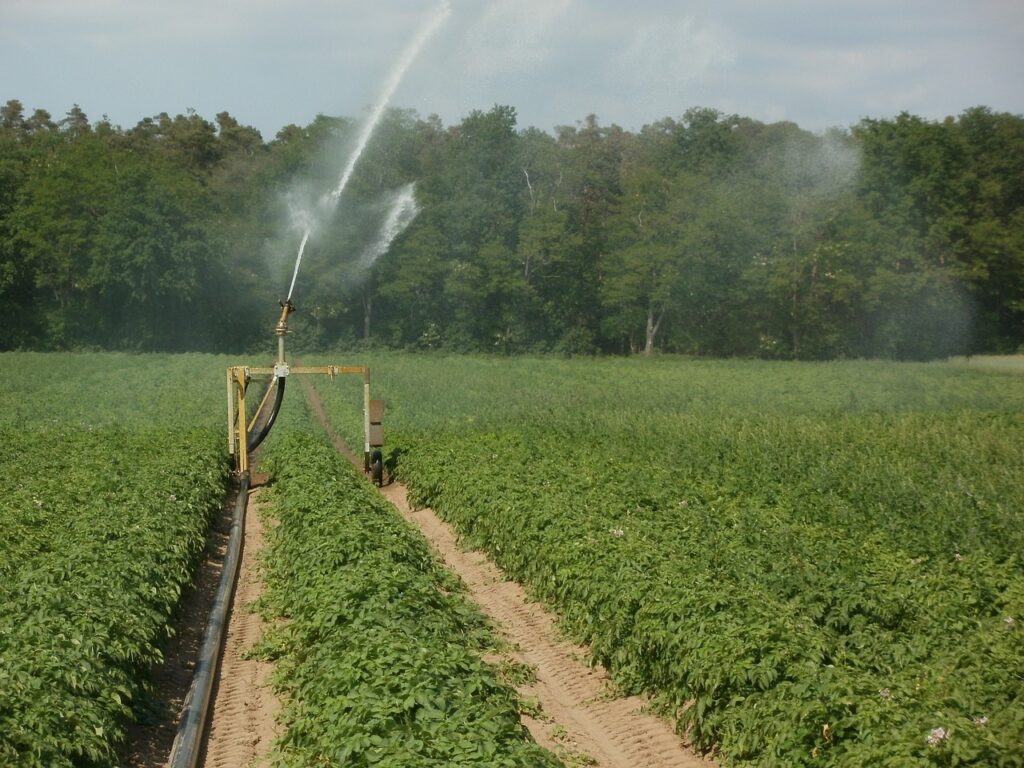
7. Harvesting with Care
Timing is everything when it comes to harvesting fruit.
- Know the Signs: Fruits should be picked when they reach full color and flavor.
- Handle Gently: Use soft gloves and handle fruits delicately to avoid bruising.
- Store Properly: Store fruits in cool, dry conditions to prolong freshness.
Expert Tip: Harvest early in the morning when temperatures are cooler to preserve fruit quality.
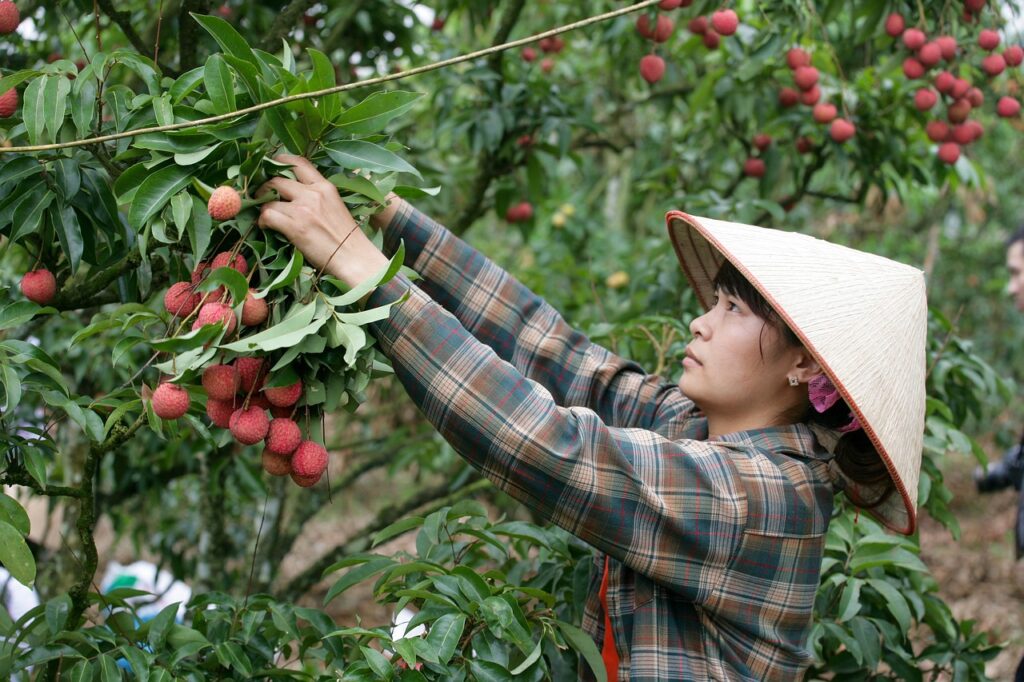
Conclusion
Mastering the art of fruit farming takes time, but the rewards are well worth the effort. By following these expert tips on selecting the right fruits, maintaining healthy soil, and protecting your crops, you’ll enjoy a garden brimming with fresh, delicious produce. Start small, stay consistent, and let nature reward you with its bountiful harvest.
Whether you’re aiming for a backyard orchard or a larger-scale fruit farm, remember that patience and care are your greatest tools for success.
What are the easiest fruits to grow for beginners?
Answer: Some of the easiest fruits to grow include strawberries, raspberries, blueberries, and citrus trees like lemons and limes. These require minimal maintenance and can thrive in a variety of climates.
How do I choose the best fruits for my climate?
Answer: Research your local USDA hardiness zone or equivalent in your region. Select fruits suited to the temperature range, rainfall, and seasonal variations. For example, apples thrive in cooler climates, while mangoes and bananas prefer tropical environments.
How important is soil testing for fruit farming?
Answer: Soil testing is crucial as it helps you determine pH levels and nutrient content. Most fruit plants require slightly acidic to neutral soil. Testing ensures you can amend the soil appropriately for optimal growth.
What is the best time to plant fruit trees?
Answer: The ideal time to plant fruit trees is in early spring or late fall. This allows the trees to establish roots before extreme summer heat or winter cold.
How often should I water my fruit plants?
Answer: The frequency of watering depends on the plant type, soil, and climate. Generally, fruit plants need consistent watering during flowering and fruiting stages. A drip irrigation system is a great way to provide steady moisture without overwatering.
Do all fruit trees need pruning?
Answer: Yes, most fruit trees benefit from annual pruning. Pruning removes dead or diseased branches, improves air circulation, and encourages fruit production. It’s typically done during the dormant season.
How do I prevent pests and diseases in fruit farming?
Answer:
Monitor your plants regularly for early signs of pests or diseases.
Use organic solutions like neem oil or insecticidal soap.
Encourage natural predators like ladybugs to keep pests in check.
Practice crop rotation to reduce disease buildup in the soil.
What should I feed my fruit plants?
Answer: Use a balanced fertilizer tailored to your plants’ needs. For example:
Citrus trees need nitrogen-rich fertilizers.
Berry bushes benefit from phosphorus and potassium.
Organic compost is also an excellent nutrient source for most fruit plants.
How do I know when to harvest my fruits?
Answer: Fruits are ready to harvest when they have reached their full color, size, and flavor. Test a few fruits before harvesting the entire crop to ensure they are ripe.
Can I grow fruits in containers?
Answer: Yes, many fruits like strawberries, lemons, limes, and figs grow well in containers. Choose large pots with good drainage and use high-quality potting soil. Container-grown plants may require more frequent watering and fertilizing.
How do I protect my fruit crops from birds and animals?
Answer:
Use netting over fruit trees and bushes.
Install fencing to deter larger animals.
Place reflective objects or scarecrows near your garden to keep birds away.
Why is thinning fruit important?
Answer: Thinning reduces overcrowding, allowing the remaining fruits to grow larger and healthier. It also prevents branches from breaking under the weight of excessive fruit.
Can I grow different types of fruits in the same garden?
Answer: Yes, but consider their specific requirements for sunlight, water, and soil. For example, ensure enough space between plants to prevent competition for nutrients and promote healthy growth.
What are some common mistakes in fruit farming?
Answer:
Planting fruits unsuitable for the local climate.
Overwatering or underwatering plants.
Neglecting pruning and pest management.
Harvesting fruits too early or too late.
How long does it take for fruit trees to bear fruit?
Answer: The time varies depending on the type of fruit:
Strawberries: Within the first year.
Apples and pears: 3–5 years.
Citrus trees: 2–3 years.
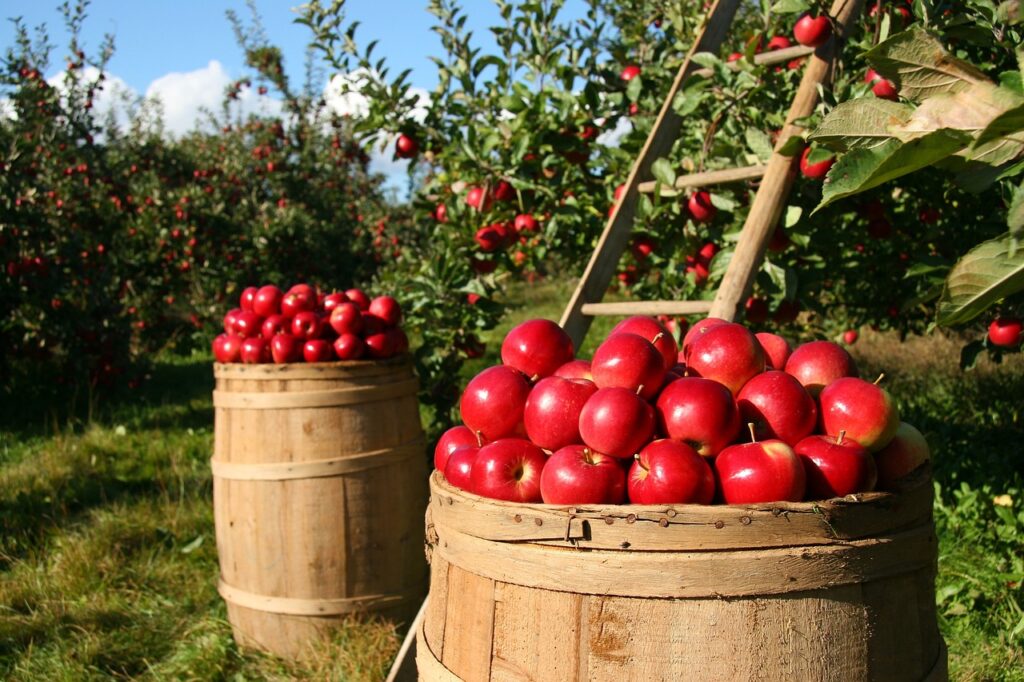

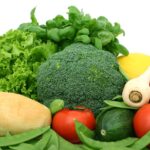
As the admin of this web site is working, no question very quickly it will be famous, due to its feature contents.
Hi there very nice web site!! Man .. Excellent .. Amazing .. I will bookmark your site and take the feeds additionally? I am satisfied to seek out so many useful information here within the post, we want work out extra techniques in this regard, thank you for sharing. . . . . .
Wyoming Valley Equipment LLC
I have been exploring for a bit for any high-quality
articles or blog posts in this kind of area .
Exploring in Yahoo I ultimately stumbled upon this website.
Reading this information So i’m satisfied to express that
I’ve an incredibly just right uncanny feeling I found out
exactly what I needed. I most undoubtedly will make sure
to don?t disregard this site and provides it a glance on a constant basis. https://unlim-casinodynasty.lol/
I’ve recently started a site, the information you provide on this web site has helped me tremendously. Thank you for all of your time & work.
equilibrando
Aparatos de balanceo: fundamental para el desempeño estable y productivo de las equipos.
En el ámbito de la innovación contemporánea, donde la productividad y la seguridad del equipo son de alta importancia, los equipos de calibración desempeñan un función vital. Estos sistemas especializados están concebidos para calibrar y asegurar partes dinámicas, ya sea en dispositivos de fábrica, medios de transporte de desplazamiento o incluso en equipos caseros.
Para los técnicos en soporte de aparatos y los técnicos, trabajar con aparatos de equilibrado es importante para proteger el rendimiento estable y fiable de cualquier aparato rotativo. Gracias a estas opciones avanzadas innovadoras, es posible minimizar notablemente las movimientos, el zumbido y la presión sobre los soportes, mejorando la tiempo de servicio de componentes costosos.
Asimismo trascendental es el papel que desempeñan los dispositivos de calibración en la asistencia al comprador. El soporte profesional y el conservación regular utilizando estos equipos habilitan ofrecer prestaciones de óptima estándar, incrementando la contento de los compradores.
Para los responsables de empresas, la inversión en unidades de balanceo y medidores puede ser esencial para aumentar la rendimiento y rendimiento de sus aparatos. Esto es particularmente relevante para los inversores que gestionan medianas y pequeñas negocios, donde cada elemento vale.
Asimismo, los equipos de calibración tienen una gran uso en el sector de la fiabilidad y el gestión de calidad. Permiten identificar probables fallos, evitando reparaciones costosas y daños a los dispositivos. Incluso, los datos recopilados de estos aparatos pueden emplearse para maximizar métodos y potenciar la presencia en buscadores de investigación.
Las campos de uso de los dispositivos de calibración cubren variadas industrias, desde la fabricación de ciclos hasta el supervisión del medio ambiente. No interesa si se trata de extensas manufacturas manufactureras o reducidos locales caseros, los sistemas de ajuste son esenciales para asegurar un rendimiento óptimo y sin interrupciones.
equilibrador
Sistemas de balanceo: esencial para el rendimiento suave y efectivo de las dispositivos.
En el mundo de la tecnología contemporánea, donde la eficiencia y la estabilidad del equipo son de máxima importancia, los equipos de balanceo tienen un papel crucial. Estos aparatos especializados están creados para ajustar y fijar componentes móviles, ya sea en maquinaria industrial, medios de transporte de traslado o incluso en aparatos domésticos.
Para los profesionales en reparación de dispositivos y los especialistas, manejar con equipos de ajuste es fundamental para garantizar el desempeño estable y estable de cualquier mecanismo móvil. Gracias a estas soluciones modernas modernas, es posible reducir notablemente las sacudidas, el estruendo y la tensión sobre los cojinetes, mejorando la longevidad de piezas costosos.
De igual manera trascendental es el rol que desempeñan los sistemas de equilibrado en la servicio al usuario. El soporte profesional y el conservación regular empleando estos equipos posibilitan brindar asistencias de gran excelencia, elevando la bienestar de los compradores.
Para los responsables de negocios, la financiamiento en sistemas de equilibrado y sensores puede ser importante para incrementar la rendimiento y eficiencia de sus equipos. Esto es principalmente significativo para los dueños de negocios que dirigen modestas y pequeñas organizaciones, donde cada detalle cuenta.
Además, los dispositivos de ajuste tienen una extensa utilización en el campo de la protección y el supervisión de estándar. Habilitan identificar eventuales fallos, reduciendo arreglos onerosas y averías a los dispositivos. Más aún, los indicadores generados de estos aparatos pueden usarse para perfeccionar sistemas y aumentar la reconocimiento en sistemas de consulta.
Las sectores de utilización de los aparatos de ajuste comprenden múltiples ramas, desde la fabricación de bicicletas hasta el supervisión del medio ambiente. No interesa si se trata de enormes manufacturas de fábrica o limitados locales de uso personal, los aparatos de equilibrado son esenciales para proteger un funcionamiento efectivo y sin presencia de detenciones.
贏家娛樂城
Hey there are using WordPress for your site platform? I’m new to the blog world but I’m trying to get started and create my own. Do you require any html coding knowledge to make your own blog? Any help would be greatly appreciated!
игровые автоматы рейтинг с высокой отдачей
I conceive you have observed some very interesting points, thankyou for the post.
贏家娛樂城
corpo